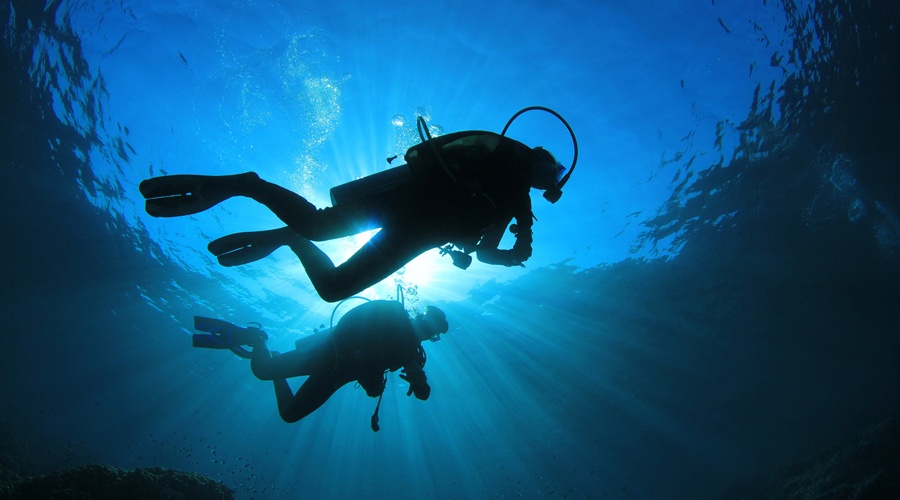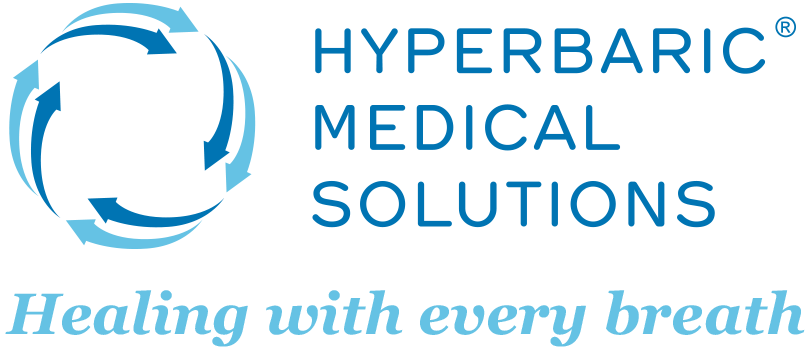Decompression Sickness Symptoms

"The Bends" is commonly known among scuba divers, but what does it feel like and how does it develop? Joint pain and fatigue are symptoms to look for after scuba diving and should not be ignored, because you could be suffering from decompression sickness. While you may not hear about decompression sickness as often as you hear about other conditions, it is a common disorder among scuba divers and can be an extreme health risk.
Decompression sickness, also referred to as "The Bends," usually occurs when there is a rapid decrease in atmospheric pressure, such as when a diver ascends too quickly to the surface. When this happens, nitrogen dissolved in the bloodstream bubbles out of solution, blocking blood flow and tissue function. Severe decompression sickness symptoms includes paralysis, unconsciousness, and seizures—even death can occur.
According to the 2016 Annual Diving Report by the Divers Alert Network, an international recreational divers association focusing on promoting dive safety and research, there were 709 treated cases of decompression sickness last year throughout the U.S. Northeast, Gulf, Pacific and Midwest regions, as well as Canada, Central America, Mexico, and the Caribbean Basin region.
Symptoms of decompression sickness can manifest right away or after several hours. It’s important to seek professional medical care as soon as possible if you believe you have developed this condition.
SYMPTOMS VARY DEPENDING ON THE TYPE OF DECOMPRESSION SICKNESS YOU HAVE. HERE’S A SIMPLE BREAKDOWN OF COMMON DECOMPRESSION SICKNESS SYMPTOMS ASSOCIATED WITH EACH TYPE:
Type 1 decompression sickness symptoms usually involve musculoskeletal discomfort or other types of pain, such as:
- Joint pain (arms, back, etc.)
- Fatigue
- Skin rashes and/or itchiness
- Nausea
Type 2 decompression sickness symptoms are more serious than those of Type 1. These include:
- Paralysis
- Muscle weakness or tingling
- Cardiac arrest
- Trouble speaking
- Trouble seeing
- Unconsciousness
HOW DO YOU RECOVER FROM DECOMPRESSION SICKNESS?
People who suffer from decompression sickness need to be treated with hyperbaric oxygen therapy (HBOT). HBOT exposes a patient to oxygen at an increased pressure, which in turn, increases the amount of circulating oxygen in the body by about 1,200%. Doing so could minimize or completely eliminate symptoms.
The promising results decompression sickness patients experienced after receiving HBOT were actually used as the foundation for the modern use of hyperbaric oxygen therapy. Rather than just being a treatment for decompression sickness, HBOT is now a viable and effective treatment for many conditions, including radiation damage, crush injuries, air or gas embolisms, carbon monoxide poisoning, chronic pain, and even brain injuries.

Written by Alan Katz, MD, FUHM, FACEP, FAAEM
Dr. Alan Katz, National Medical Director of Hyperbaric Medical Solutions (HMS), is double board certified in Emergency Medicine and Hyperbaric Medicine. He directs clinical operations, as well as education and research initiatives for HMS, particularly in exploring the use of hyperbaric oxygen therapy....
Read More



